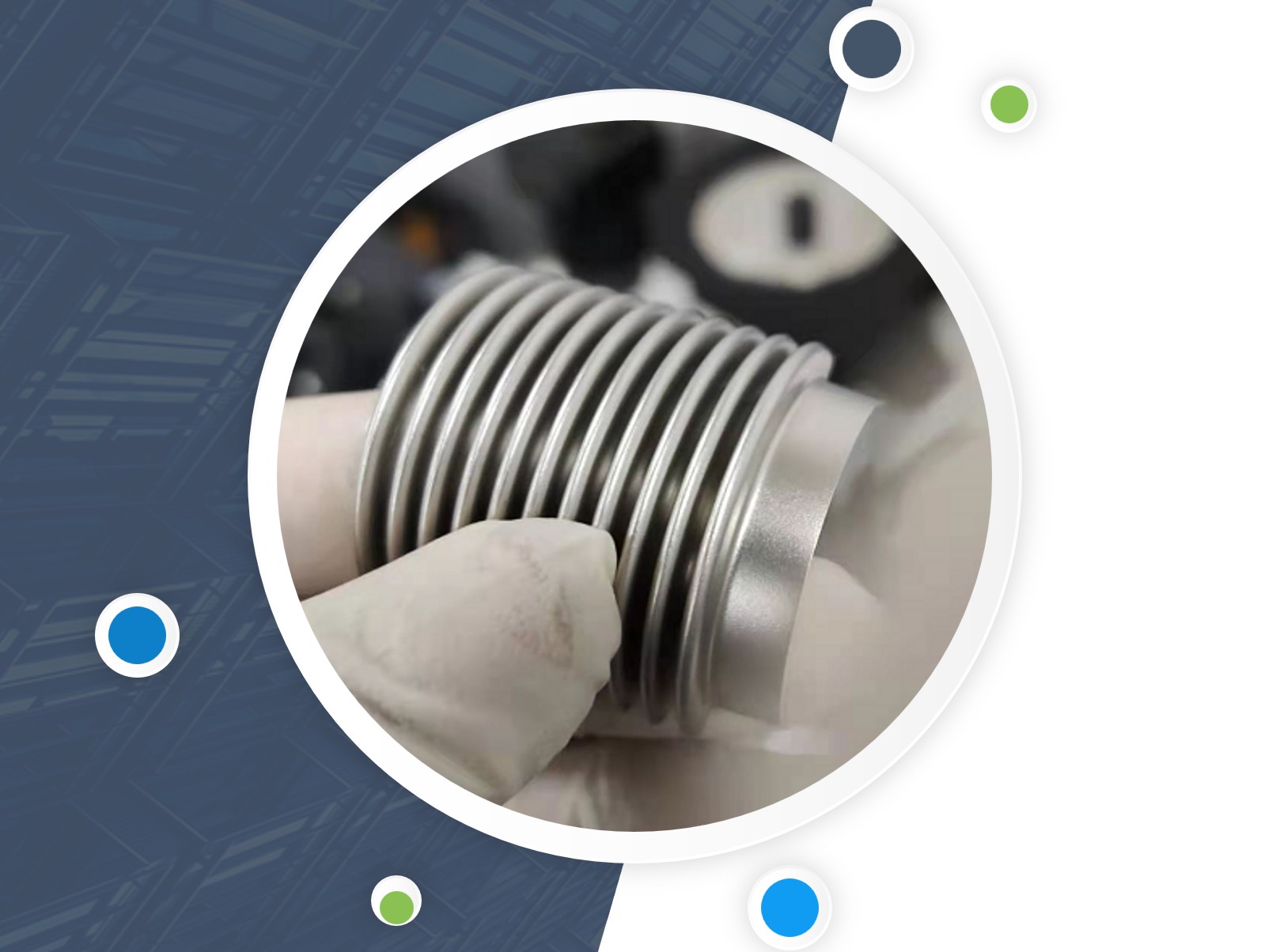
1. C: C content must be tested, carbon is the most basic element to distinguish steels, the lower it is, the less easy to occur inter-granular corrosion, so stainless steel is also called ultra-low carbon stainless steel.
2. Ni: It can be called Austenitic stainless steel only when Ni is added. It can take away the presence of ferrite. But the content of Ni can not more than the standard, otherwise it is not corrosion resistance.
3. Mo: The addition of Mo can resist the point corrosion of halogen atoms (such as chloride ions) very well, meanwhile it can also improve the heat resistance. But it needs to interact with chromium in an environment that contains Cr. If the content of Mo is too high, it will react too much with chromium, which will reduce its corrosion resistance.
4. Si: In the process of steel manufacturing, silicon is added as a reducing agent and deoxidizer, so the sedated steel contains 0.15-0.30% silicon. If the silicon content of the steel exceeds 0.50-0.60%, silicon is considered as an alloying element. Silicon can significantly improve the elastic limit, yield point and tensile strength of steel. The strength of tempered structural steel can be increased by 15-20% when 1.0-1.2% silicon is added. The combination of silicon and molybdenum, tungsten, chromium, etc., has the effect of improving corrosion resistance and oxidation resistance, and can make heat-resistant steel. Low carbon steel containing 1-4% silicon, with very high magnetic conductivity, is used in the electrical industry to make silicon steel sheet. The increase of silicon will decrease the welding performance of steel.
5. Mn: In the process of steel manufacturing, manganese is a good deoxidizer and desulfurizer, it is generally 0.30-0.50% in common steel. When Mn is added more than 0.70% in carbon steel, it is considered as "manganese steel". Compared with the general steel, it not only has enough toughness, but also has higher strength and hardness, which improves the quenchability of steel and improves the thermal machining performance of steel. For example, the yield point of 16Mn steel is 40% higher than A3. Steel containing 11-14% manganese has very high abrasive resistance. The increase of manganese content weakens the corrosion resistance of steel and degrade the welding performance.
6. P: In general, phosphorus is a harmful element in steel, which increases the cold brittleness of steel, deteriorates the welding performance, reduces the plasticity, and deteriorates the cold bending performance. Therefore, the phosphorus content in steel is usually required to be less than 0.045%, and the requirement for high-quality steel is even lower.
7. S: Sulfur is also a harmful element in general. It will make the steel come with thermal brittleness, reduce the ductility and toughness of steel, cause cracks in forging and rolling. Sulfur is also unfavorable to welding performance, reducing corrosion resistance. Therefore, sulfur content is usually required to be less than 0.055%, and high-quality steel is required to be less than 0.040%. The cutting property can be improved by adding 0.08-0.20% sulfur to steel, which is usually called easy cutting steel.
8. Cr: In 316 stainless steel square pipe, chromium can significantly improve the strength, hardness and wear resistance, but at the same time it will reduce the plasticity and toughness. Chromium can also improve the oxidation resistance and corrosion resistance of steel, so it is an important alloying element of stainless steel and heat-resistant steel. But if the content is too high, the chromium content in the silicon chromium manganese oxide formed is too high, it will reduce the corrosion resistance of stainless steel.
9. Ti: Titanium is a strong deoxidizer in steel. It can compact the internal structure of steel, refine grain strength, reduce aging sensitivity and cold brittleness. It also can improve welding performance. Intergranular corrosion can be avoided by adding appropriate titanium to Cr 18 Ni 9 Austenitic stainless steel.
10. V: Vanadium is an excellent deoxidizer of steel. The addition of 0.5% vanadium in steel can refine the grain structure and improve the strength and toughness. The carbides formed by vanadium and carbon can improve the corrosion resistance of hydrogen under high temperature and pressure.
11. W: Tungsten is a precious alloying element with high melting point and heavy specific ratio. Tungsten forms with carbon tungsten carbide has high hardness and wear resistance. Adding tungsten to tool steel can significantly improve the hardness and thermal strength of red, which can be used as cutting tools and forging tools.
12. Nb: Niobium can refine the grain, reduce the superheat sensitivity and temper brittleness of steel, and improve the strength, but the plasticity and toughness are decreased. The corrosion resistance of hydrogen, nitrogen and ammonia at high temperature can be improved by adding niobium into ordinary low alloy steel. Niobium can improve welding performance. Adding niobium to Austenitic stainless steel can prevent inter-granular corrosion.
13. Co: Cobalt is a rare precious metal used in special steels and alloys, such as thermal strength steels and magnetic materials.
14. Cu: Wisco uses Daye ore to refine steel, often containing copper. Copper can improve strength and toughness, especially atmospheric corrosion. The disadvantage is that it is easy to produce hot brittle in hot working, and the plasticity is significantly reduced when copper content exceeds 0.5%. When the copper content is less than 0.50%, the welding ability is not affected.
15. Al: Aluminum is a common deoxidizer in steel. Adding a small amount of aluminum to steel can refine grain size and improve impact toughness, such as 08Al steel for deep drawing sheet. Aluminum also has oxidation resistance and corrosion resistance. Aluminum combined with chromium and silicon can significantly improve the high temperature non-peeling performance and high temperature corrosion resistance of steel. The disadvantage of aluminum is that it affects the hot working properties, welding properties and machining properties of steel.